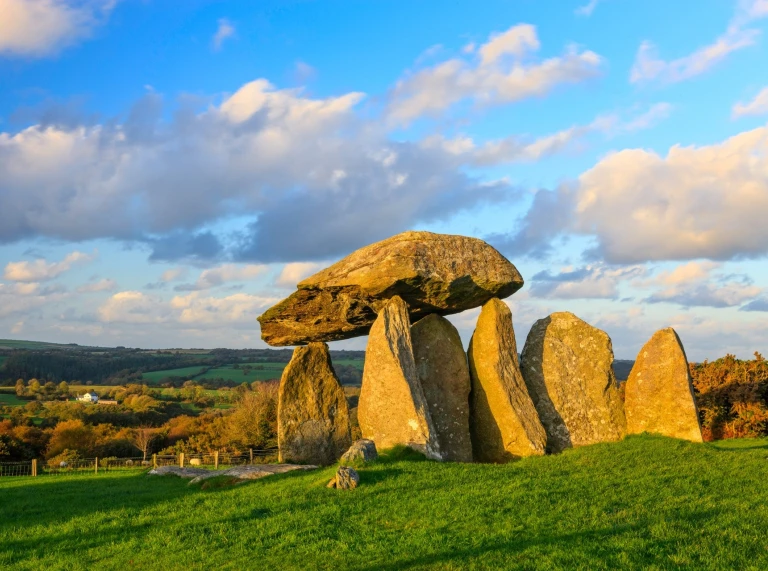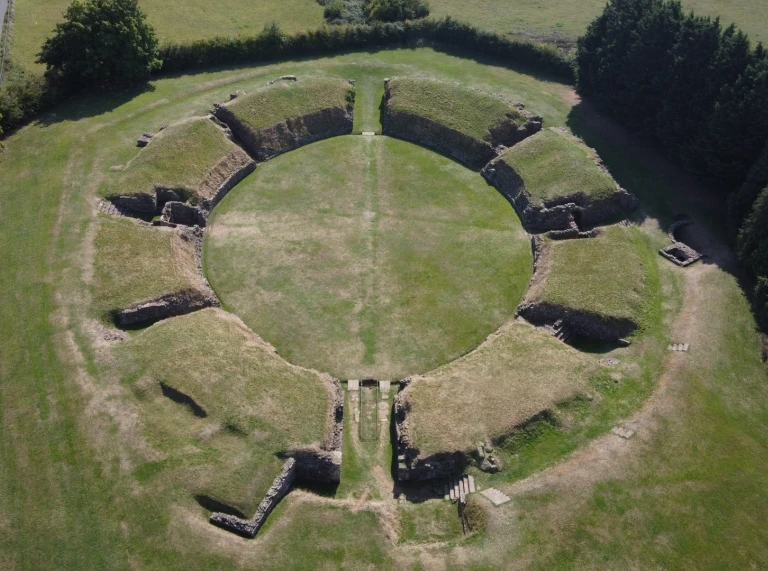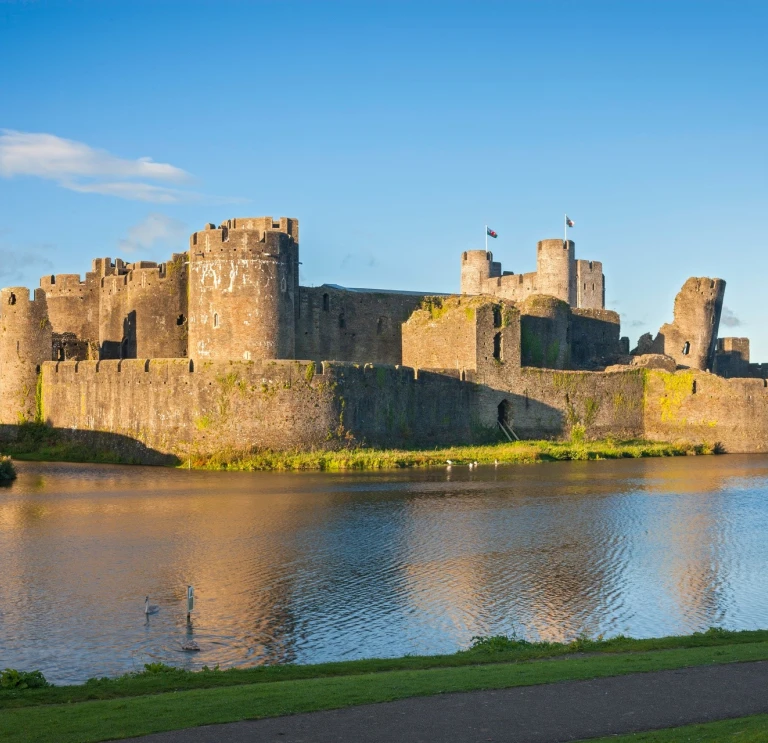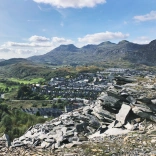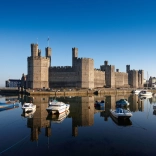As the Welsh Government’s historic environment service, Cadw is aptly named. The Welsh verb cadw means “protect”, “keep” or “preserve”, and that’s exactly what the organisation does. Its mission is to look after the nation’s heritage sites – helping visitors enjoy them now, and ensuring they can endure for generations to come. In a nation reputed to have more castles per square mile than any other, it’s a big task.
Cadw’s broader vision is to help create a Wales where heritage sites are cared for, understood and shared by everyone. It’s a recognition of the vital role these places play in the Welsh cultural identity, providing a living link to our common history.
From neolithic stones to Victorian splendour
In all, Cadw manages 130 historic properties across Wales. Twenty-seven of the largest and most popular sites are staffed and charge an admission fee. The remainder are unstaffed and free to enter, and can generally be visited at any reasonable time. There’s a full list of all Cadw managed sites on the Cadw website, with a searchable map.
The properties represent many thousands of years of Welsh history, from the Stone Age through to the Industrial Revolution. Standing stones and neolithic burial chambers, like the mysterious Pentre Ifan, bear witness to Wales’ earliest inhabitants.
The Romans left behind such monuments as Caerleon Fortress and Segontium Fort, giving us a vivid insight into legionary life. Many Cadw sites tell of Wales’ long Christian heritage: great priories and abbeys, such as the majestic ruins at Tintern, alongside bishops’ palaces, old parish churches and lonely rural chapels.
Wales’ castles are a timeline all to themselves. Cadw looks after native Welsh ruins such as Dolwyddelan and Dryslwyn Castles; mighty fortresses built by Norman and Plantagenet settlers, including the big four of Conwy, Harlech, Caernarfon and Beaumaris; and a sprinkling of later castles that were built for show, not defence – most notably the Victorian fairy-tale splendour of Castell Coch ('The Red Castle').
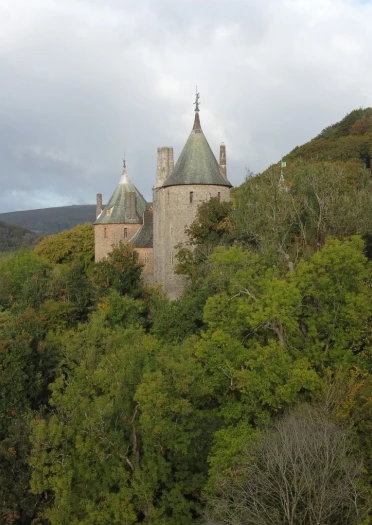
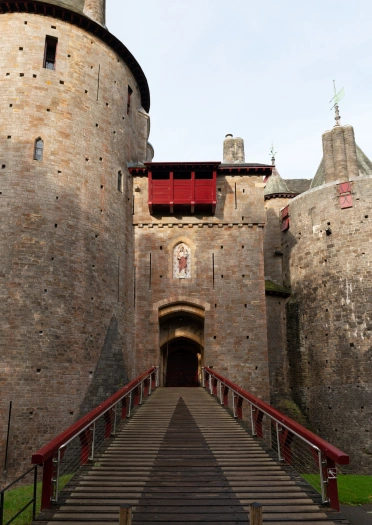
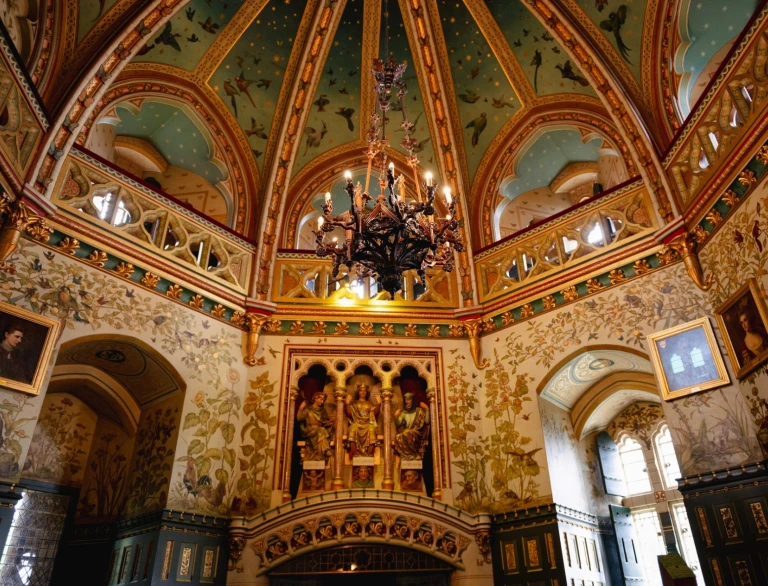
Monuments large and small come under Cadw’s care, from the vast Caerphilly Castle – second only in size to Windsor in the whole of Britain – down to the 13ft Celtic cross at Carew, which inspired the organisation’s logo. The list is eclectic, ranging from hidden bridges and holy wells to iron furnaces and quarrymen’s cottages.
Visitors can delve into the story of each site using Cadw’s guidebooks, audio presentations and information panels. More than 400 events take place each year, including exhibitions, workshops, living history days, talks and live performances. You can find out what’s coming up in the Cadw events guide.
Find out more about visiting castles and historical sites in Wales (Visit Wales).
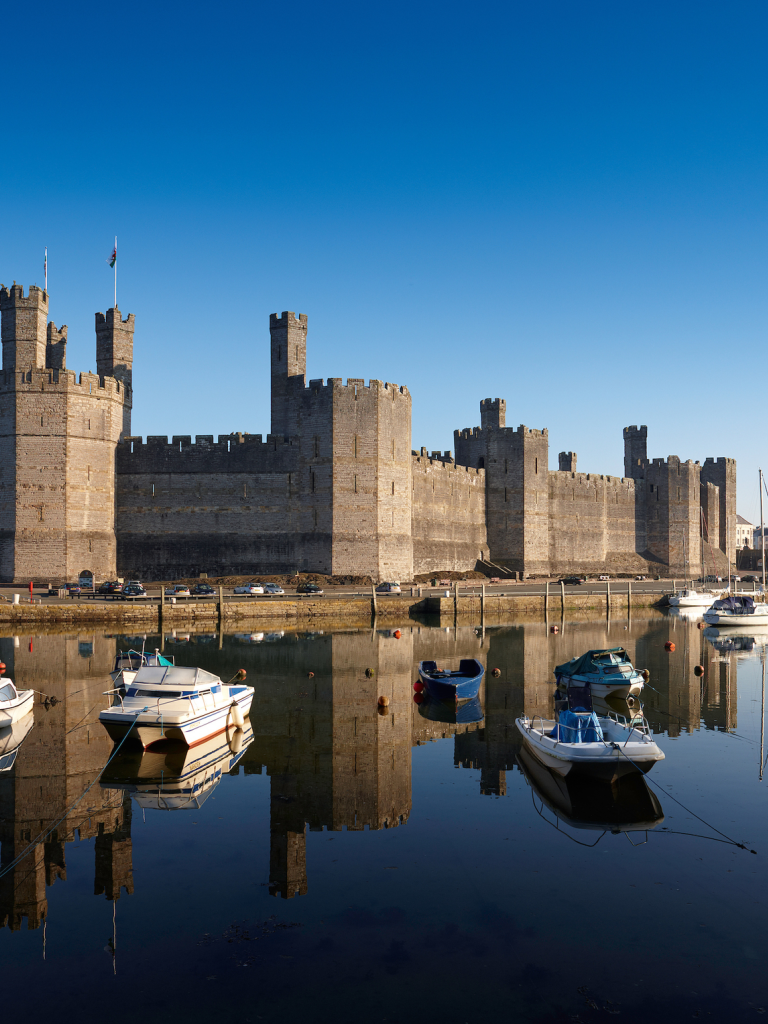
World-class heritage
As well as giving a timeline of our history, Welsh castles also represent notable locations of world renown. Four Cadw-managed locations make up the castle contingent of a famous UNESCO World Heritage site: the Castles and Town Walls of King Edward in Gwynedd. The site is made up of Beaumaris and Harlech castles (largely the work of the greatest military engineer of the time, James of St George), and the fortified complexes of Caernarfon and Conwy. All four castles are well-preserved monuments that exemplify the colonization efforts of the English Crown in the 13th century throughout the reign of Edward I (1272–1307), and the staunch resistance it faced from the Welsh.
Learn about UNESCO World Heritage in Wales, or find out how you can visit all the Welsh UNESCO World Heritage sites.
Safeguarding our most important buildings
As well as showcasing Wales’ most important historic sites to visitors – around 2.5 million of them every year – Cadw performs vital work behind the scenes. Like Historic England across the border, it identifies buildings of special historical or architectural significance, recommending them for special protection through ‘listing’.
There are currently around 30,000 listed buildings in Wales, designated as Grade I, Grade II* or Grade II. The Cadw website has a searchable Cadw map that features every one of them, plus other protected sites such as scheduled monuments, protected shipwrecks, and registered parks and gardens.
Cadw also acts as a funding body. It provides grants for the conservation and repair of historic buildings, and for community heritage projects. Its experts can offer advice to the owners and administrators of heritage sites, promoting good conservation practice and sustainable development.
The organisation also has an important role in policymaking, helping the Welsh Government improve legislation and guidance to safeguard the historic environment. It’s committed to the development and training of industry professionals, making sure there are always people with the right skills to look after our heritage – such as conservation architects, historians and archaeologists.
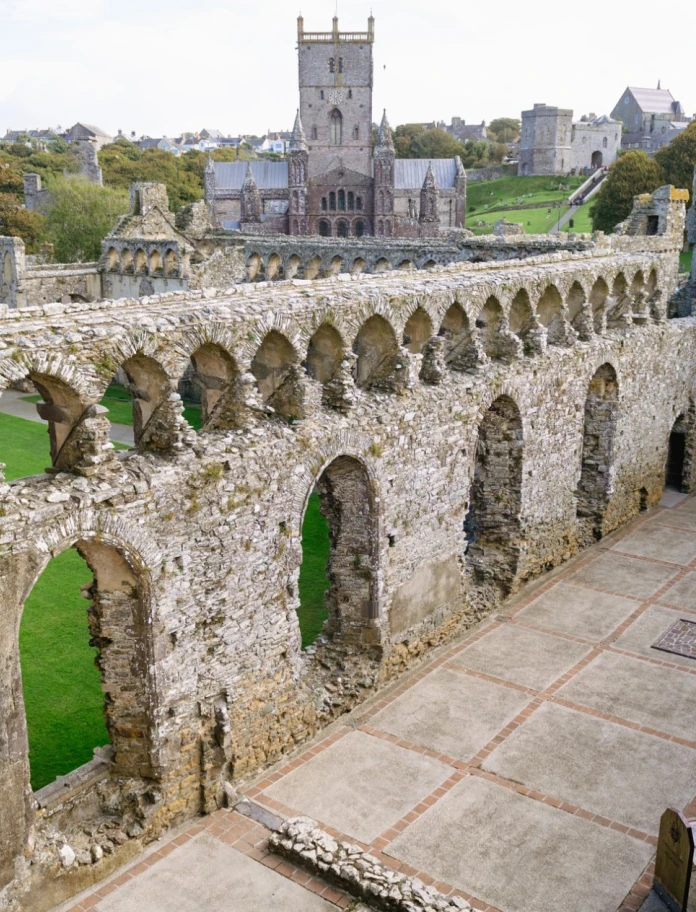
Working together for Wales’ heritage
Cadw was established in 1984 by the Welsh Office (at the time, the UK Government department with responsibility for Wales) to meet the need for a single body to conserve and promote the historic environment. The new organisation quickly made its mark, scouring every part of Wales to bring the heritage list up to date and find additional sites that warranted protection.
Since devolution, almost all matters relating to Wales’ historic environment are decided at the Senedd in Cardiff Bay. Cadw now operates as part of the Welsh Government’s Arts and Sport Department, answering to the Deputy Minister for Arts, Sport and Tourism.
Around 250 people work for the organisation, based across every region of Wales. The 100-plus custodians represent Cadw’s public face, welcoming visitors and ensuring safe access at the 28 staffed sites. Their colleagues include field wardens, building inspectors, and specialists in education, outreach, policy and marketing. Cadw also maintains its own conservation team, Cadwraeth Cymru, made up of masons, joiners and other skilled craftspeople.
Membership of Cadw is available to anyone who wants to support its mission. For an annual subscription, members enjoy unlimited access to more than 100 sites in Wales, discounts at Cadw gift shops, and free or discounted entry to English Heritage, Historic Scotland and Manx National Heritage properties.
More information:
